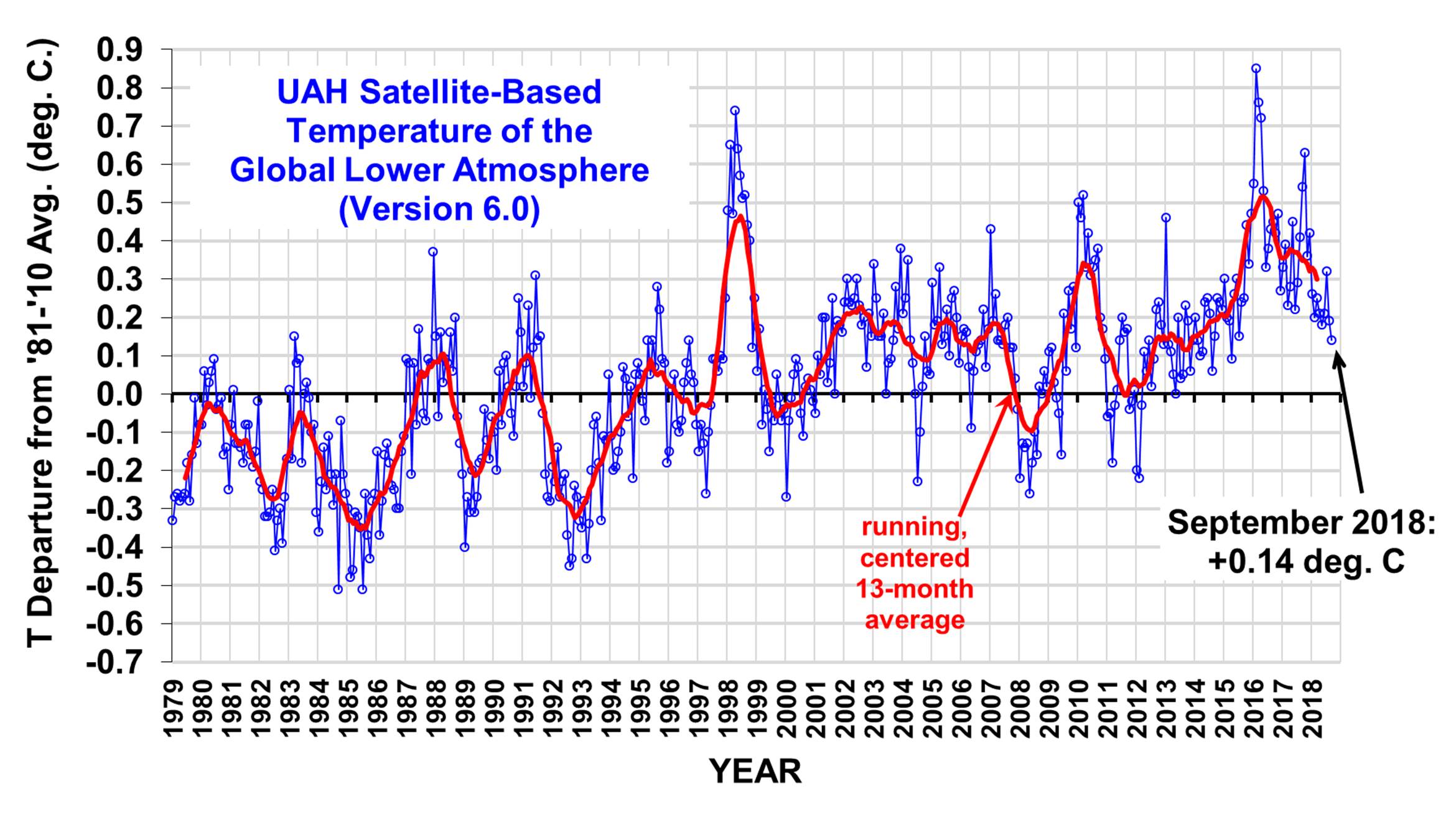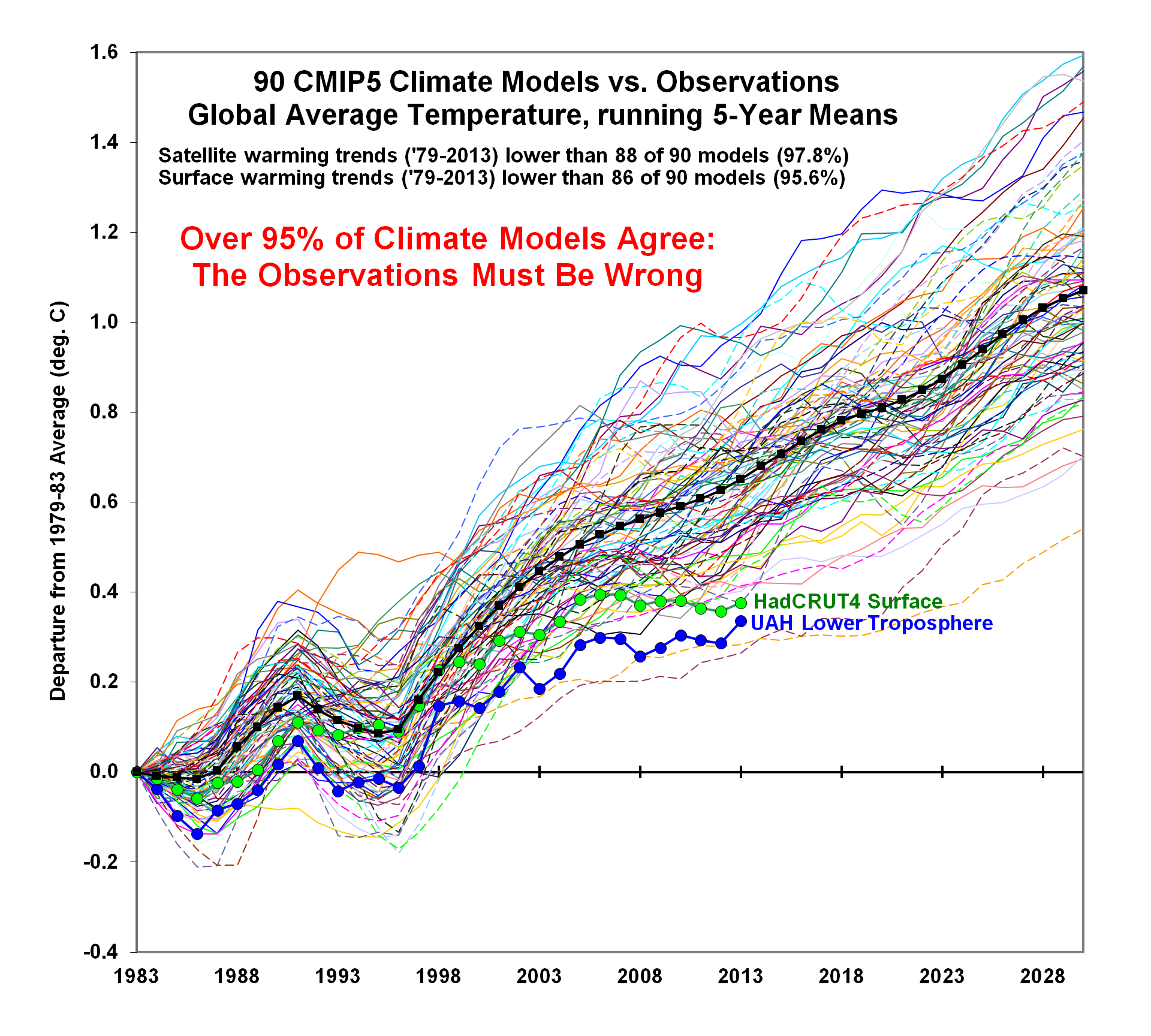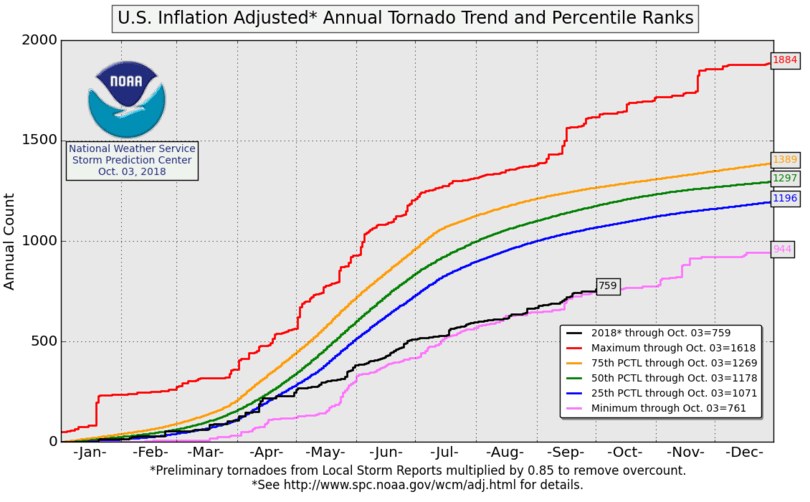
https://www.dailymail.co.uk/news/article-2699377/What-going-sun-Scientists-confused-no-sun-spots-spotted-surface-time-active.html people need to wake up. we have far more to fear with cold than warm. warm has been very good to this planet and cold is a major problem
This article is from over 4 years ago close to the solar cycle maximum.
Meanwhile, we’re now getting closer to a very quiet and what should be a long lasting cycle minimum, quite possibly the weakest cycle minimum since those during the Dalton Minimum. We appear to be in what could easily end up as a multiple cycle Grand Minimum.
What’s unclear is whether or not there will be significant global cooling from any Grand Minimum. Nobody really knows. If so, a good portion of the significant global warming of the last few decades COULD very well be reversed during the next few decades. But some studies suggest not much cooling would result. So, we’ll just have to sit back and watch to see what happens.
are you saying the reversal of global warming is a good thing?and thought I read we had zero sun spots this past August of 2018
I didn’t say either good or bad in my reply above. I was just stating the facts related to the situation. Whether any POSSIBLE cooling from the weaker sun would be good or not would depend on one’s perspective. For example, if I were a Canadian farmer wanting longer growing seasons, I may not want any cooling. But if I were a coastal resident watching sea levels, I’d likely want cooling.
Personally, I’d love to see a cooling back of at least a significant portion of the last 40 years of warming more than anything else because that would tell me that a good portion of GW has likely been due to the very active 2nd half of 20th century sun meaning no runaway warming will occur unlike what the AGW alarmists have been predicting. That would be great news for the numerous coastal residents of the world.
It isn’t true that there were zero sunspots this past August but rather there were few. Actually, there have been few for several months now. I expect that we will eventually have a string of no spots months similar to Dalton. This imo would start no later than sometime in 2019 if it is going to happen this cycle.
Thanks for this great topic.
I'm tied up all week running a fund raiser but will try to comment more later.
October 2nd, 2018 by Roy W. Spencer, Ph. D.
Globally, the coolest September in the last 10 years.
http://www.drroyspencer.com/2018/10/uah-global-temperature-update-for-september-2018-0-14-deg-c/

The effect of solar variation within the range of the last century or so is quite trivial. The records set in 2015 & 2016 that blew away all previous ones were due mostly to the biggest El Nino since 1998. There's probably going to be another El Nino starting soon, but I haven't seen anybody predicting that it'll be another monster.
As always, a caution that the Huntsville numbers have had to be revised upwards 6 times due to errors, and there's probably more - https://www.theguardian.com/environment/climate-consensus-97-per-cent/2017/may/11/more-errors-identified-in-contrarian-climate-scientists-temperature-estimates
"The effect of solar variation within the range of the last century or so is quite trivial."
Thanks Patrick!
There is nobody that can know this here in 2018. Experts that insist they do or that the science is settled are fooling themselves...........and others.
https://www.marketforum.com/forum/topic/12776/
When science shows what caused The Little Ice Age, Medieval Warm Period, Roman Warm Period and Minoan Warm Period, then we will understand how much the sun is/was involved or not involved,
It's impossible to separate greenhouse gas warming from natural warming when we measure global temperatures.
With near certainty, there has been greenhouse gas warming............but it also was in sync with a long and strong solar maximum.
There is much more to the sun than TSI. (total solar irradiance)
Radiation physics is fairly basic, and the sun hasn't noticeably cooled. Basically all published work agrees, and NASA is convinced : We aren't under solar warming.
https://climate.nasa.gov/causes/
including its director, who once had doubts
https://www.axios.com/nasa-leader-bridenstine-explains-climate-views-db6d2d13-3eae-4aac-8fa8-f361270f2585.html
"Climate models that include solar irradiance changes can’t reproduce the observed temperature trend over the past century or more without including a rise in greenhouse gases."
Exactly why climate models have all been too warm. Many climate scientists think that we understand all the known physics of the atmosphere well enough and can represent them accurately with mathematical equations in climate models well enough to run simulations going out 100 years which display a great deal of skill.
Since we actually DON'T understand everything yet, we use what we do know. We know how CO2 effects long wave radiation. When the warming accelerated in the 1980's/90's(after cooling a bit in the 40's-70's with increasing CO2) the models were programmed with the assumption that ALL of the warming came from CO2.
When the warming in the real world slowed down after that, even with CO2 accelerating higher, it resulted in an under performance vs the expectations from climate models that assumed a continuation of the 80's/90's warming.
Since it clearly is not warming as fast as it should based on climate model projections, the question has been why not?
Some have insisted that their math equations can't be wrong and that the extra heat is being stored in the deep oceans.....or that an unknown natural cycle is temporarily offsetting the expected higher warming rate.
3 things on that.
1. If the deep oceans are gobbling up the warming, which is possible, with their capacity to store heat at 1,000 times that of the atmosphere, then the warming rate will NEVER be as high as the models.
2. If an unknown natural cycle, that can't be represented by models has caused the warming to be less than models....it speaks for itself about the ability of the models to display skill
3. The suns output is more than just TSI. The amount of UV radiation fluctuations are much greater and this can effect ozone and other things. While the TSI is not changing much, a quiet sun means a weak solar wind. This profoundly increases the amount of galactic cosmic rays that enter our atmosphere, which act as condensation nuclei for clouds. Changes in cloud cover have a tremendous impact on warming/cooling on our planet.
I am only claiming that the 3 items listed above(with others not listed) cannot be modeled. This makes it impossible at this time for climate models to display the skill which is falsely presented.. They assume that all the warming has come from CO2, when clearly there are other factors(as in previous warming/cooling cycles) that are not even understood.
http://www.drroyspencer.com/2014/02/95-of-climate-models-agree-the-observations-must-be-wrong/

I mentioned this a ways back based on some research I did over 5 or 6 years. When the sun is active with sunspots, those energy loops are throwing out charged particles. They energise a steam of particles that is positioned over the Equator. This energy stream is in the lower part of our highest atmospheric layer. Below this level are the three cells, Hadley, Ferrell, and Polar cells, whose main job is to transfer heat from the Equator to the poles. The middle cell spins the opposite direction, so they all spin each other.. The equatorial stream is spinning at right angle to the three cells. At the intersection of the three cells are the jet streams, two in the northern hemisphere and two in the southern hemisphere. When there are a lot of sunspots, the equatorial stream is energized and spinning fast, that spins the three cells below at a faster rate. The jet streams stay level on a longitudinal basis, and weather stays predictable. When few sunspots are energizing the equatorial steam. the cells below are spinning slowly and the jet streams get loopy, more surprises in the weather. Hot where it should be colder and colder where it should be warmer. I also think with a less active system, there is a pressure drop which allows the cold from deep space to reach the surface at the poles where it spreads out like molasses. There is also, it appears, to be a polarity reversal that has started. With a weakened magnetic field the pressure drop is magnified.
"I also think with a less active system, there is a pressure drop which allows the cold from deep space to reach the surface at the poles where it spreads out like molasses"
Hugh?
Here's one record being caused by climate change and the warming of higher latitudes the most, that we won't hear a peep about:
October 4th, 2018 by Roy W. Spencer, Ph. D.
"NOAA’s Storm Prediction Center keeps a daily count of cumulative number of tornadoes in the U.S. each year, and recent years have had an unusually low number of tornadoes.
As of October 3, the cumulative total for 2018 is 759; the previous lowest number of tornadoes for this date was 761. The SPC has records extending back 65 years."
http://www.drroyspencer.com/2018/10/new-record-low-tornado-count-as-of-october-3/
That part about the pressure drop was my own intuition. It still seems logical, though. With everything moving fast, the Earth's atmosphere is charged and able to repell any encroachment of cold. A less active system, less ability to push outward. Without a strong magnetic field, lots of cosmic rays reach Earth, why not cold.